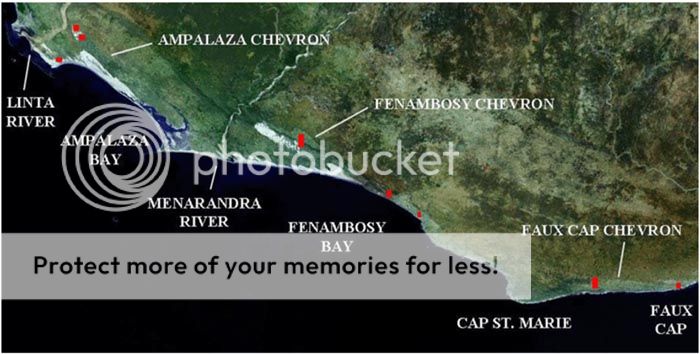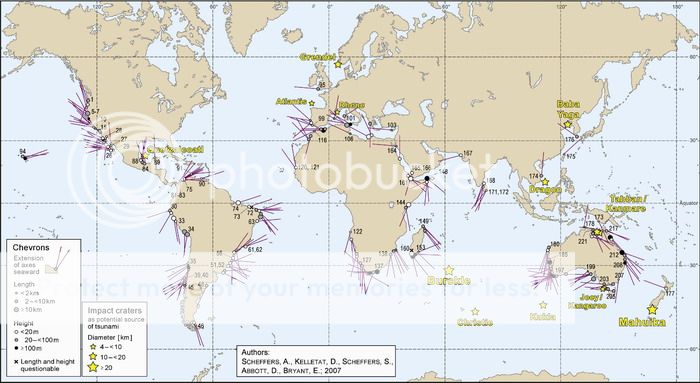It looks like you're using an Ad Blocker.
Please white-list or disable AboveTopSecret.com in your ad-blocking tool.
Thank you.
Some features of ATS will be disabled while you continue to use an ad-blocker.
share:
a reply to: Hanslune
Yeah honestly I don't want to engage that deeply in it either but I am lightly interested.
I am more interested in ancient past civilizations that probably disappeared after one of the many cataclysms and their technology and relation to thing a like the puramids
Yeah honestly I don't want to engage that deeply in it either but I am lightly interested.
I am more interested in ancient past civilizations that probably disappeared after one of the many cataclysms and their technology and relation to thing a like the puramids
Darwin
Newton
The two greatest misdirection campaigns in the Age of Reason. Science - aka - the Masculine Theology.
Newton
The two greatest misdirection campaigns in the Age of Reason. Science - aka - the Masculine Theology.
originally posted by: onequestion
a reply to: Hanslune
Yeah honestly I don't want to engage that deeply in it either but I am lightly interested.
I am more interested in ancient past civilizations that probably disappeared after one of the many cataclysms and their technology and relation to thing a like the puramids
Ah had, far more to my liking also!
Ok then
Back to the chevrons,
Here's a GE image of the Madagascar
chevrons

Here's a map of chevrons that have been identified

I find the chevrons on the west coast of NA and SA to be intriguing, inlight of the chevrons in Hawaii, that are clearly against the wind and currents.
There has been a limited amount of information collected on these structures, but there are some good sources.
From the HIWG,
tsun.sscc.ru...
gsa.confex.com...
Back to the chevrons,
Here's a GE image of the Madagascar
chevrons

Here's a map of chevrons that have been identified

I find the chevrons on the west coast of NA and SA to be intriguing, inlight of the chevrons in Hawaii, that are clearly against the wind and currents.
There has been a limited amount of information collected on these structures, but there are some good sources.
From the HIWG,
tsun.sscc.ru...
Many coastlines of the world exhibit sets of large V-shaped chevron-like dunes - symmetrical sand dunes that are similar in their lancet-form, showing strong parallelism, often in different angles to the shoreline (Bryant, 2001 Kelletat, Scheffers, 2003). Some examples of chevron dunes from different parts of the world ocean coastline are shown in Fig.1. The term "chevron" (specifically, "chevron-shaped pattern in the Selima sand sheet" was first used to describe wind-blown dunes by Maxwell and Haynes (1989) in south-western Egypt and the northern Sudan, where the chevrons consist of sinuous, parallel, blade-shaped deposits of sand, 10-30 cm high and 0.13-1.2 km in length, which actively migrate over darker coarse sands. Hearty et al. (1998) and Kindler and Strasser (2000) applied this term to coastal dunes. They used this term in the Bahamas to describe nested, parabolic shaped dunes formed during the Last Interglacial age and attributed them to megastorm deposits. Bryant (2001) recognized, that certain coastal chevrons could be formed by mega-tsunamis because its limits are far beyond of any storm surges reported in the literature. Only dominant winds or high-energy water currents can be responsible for formation of chevrons. In this paper, we do not limit the term "chevron" to any one process but use it in the broadest sense to refer to any sedimentary feature within the coastal landscape with this distinctive V-shape morphology.
Chevron dunes are not formed by wind. Chevron dunes are not oriented in the direction of the prevailing wind, they can form where there are no beaches, and they contain grains larger than 2 mm in diameter. Chevrons are produced by megatsunamis originating from point sources, i.e. landslides, impact craters, and volcanic explosions. We have assembled data on chevrons worldwide. Most are best explained as the result of tsunami generated from large impact cratering events. We now have data confirming an impact origin of two chevron sources. In the Indian ocean, chevron dunes in Western Australia, India, and Madagascar point towards the 29 km Burckle Crater at 30.865S, 61.365E. The impact ejecta from Burckle crater contain meteorite fragments, impact glass, oceanic mantle fragments, and impact spherules. The impact spherules are >200 microns in diameter, consistent with a 29 km crater. The impact glasses have no K and cannot be continental in origin. In the Gulf of Carpentaria, we found impact ejecta that contain impact glass and meteoritic material: merrillite, high Ni metal, and probable melted carbonaceous chondrite [1]. We also found abundant magnetite impact spherules with a bimodal size distribution [2]. This implies two source craters for the chevrons: the 18 km Kanmare (Serpent) crater at 16.58S, 139.057E and the 12 km Tabban (Rainbow) crater at 17.125S, 139.86E. In the Mediterranean, a megatsunami source near the Rhone delta is of undetermined origin. All other sources are impact crater candidates and require more study. We found the following: the 1 km Judge crater candidate in Long Island Sound at 41.17N, 72.405W, the 10 km Quetzalcoatl crater candidate in the Caribbean at 22.04N, 96.32W, the 18 km Grendel crater candidate in the North Sea at 58.16 N, 5.86E, the 5 km Kangaroo crater candidate at 39.0465S, 141.285E and the 4 km Joey crater candidate at 39.16S, 141.21E.
gsa.confex.com...
edit on 15-10-2014 by punkinworks10 because: (no reason given)
new topics
-
Kingdom of the Planet of the Apes
Movies: 58 minutes ago -
Jean Michel and Brian May Live from Bratislava
General Chit Chat: 6 hours ago -
Iranian Lawmaker Declares Iran Has Nuclear Weapons
Mainstream News: 7 hours ago -
Biden Withholding Sensitive US Intelligence on Hamas Leaders From Israel
US Political Madness: 10 hours ago -
Anybody else go to the movie theater a lot? Have you noticed how dead they are?
General Chit Chat: 10 hours ago -
Trump Record Breaking Campaign Rally 5/11 in New Jersey Draws 100,000 People
2024 Elections: 10 hours ago -
something falls in Canada
Aliens and UFOs: 10 hours ago
top topics
-
Trump Record Breaking Campaign Rally 5/11 in New Jersey Draws 100,000 People
2024 Elections: 10 hours ago, 14 flags -
Biden Withholding Sensitive US Intelligence on Hamas Leaders From Israel
US Political Madness: 10 hours ago, 10 flags -
Anybody else go to the movie theater a lot? Have you noticed how dead they are?
General Chit Chat: 10 hours ago, 7 flags -
Jean Michel and Brian May Live from Bratislava
General Chit Chat: 6 hours ago, 5 flags -
US mistakes in assessing the military potential of China and Russia
ATS Skunk Works: 13 hours ago, 4 flags -
something falls in Canada
Aliens and UFOs: 10 hours ago, 4 flags -
Iranian Lawmaker Declares Iran Has Nuclear Weapons
Mainstream News: 7 hours ago, 4 flags -
Kingdom of the Planet of the Apes
Movies: 58 minutes ago, 0 flags
